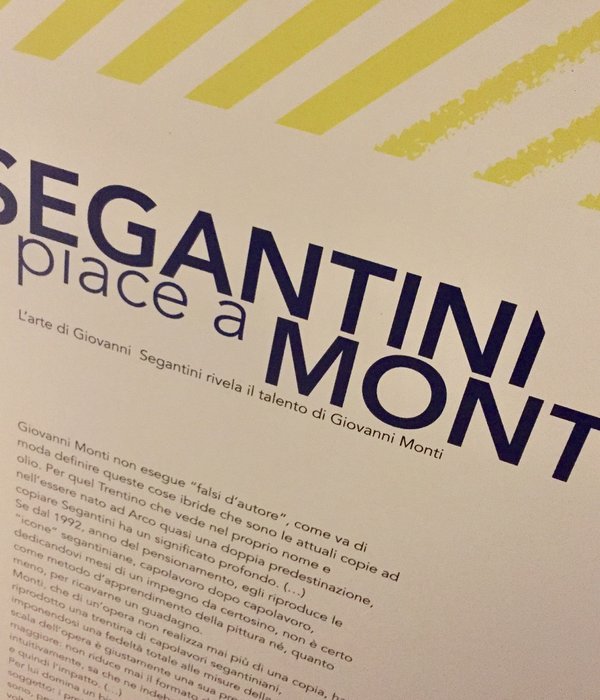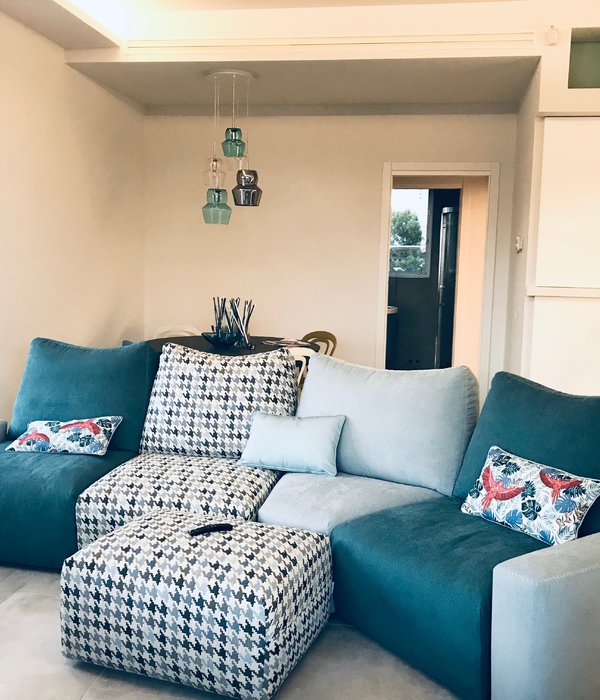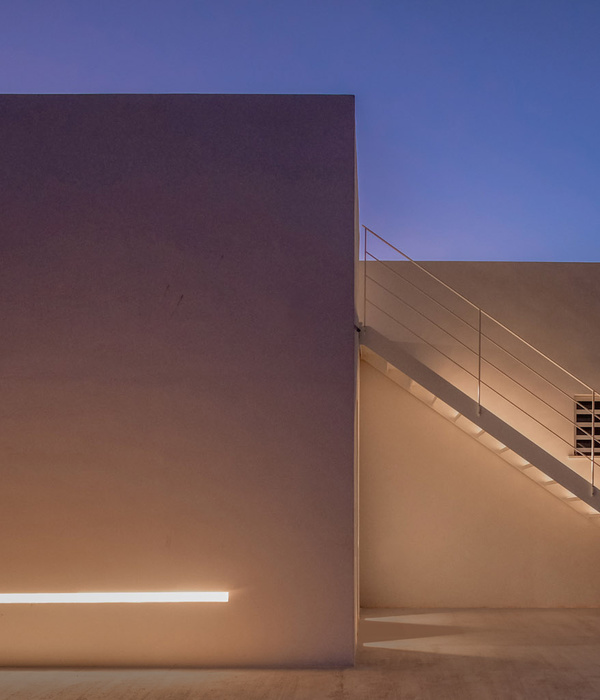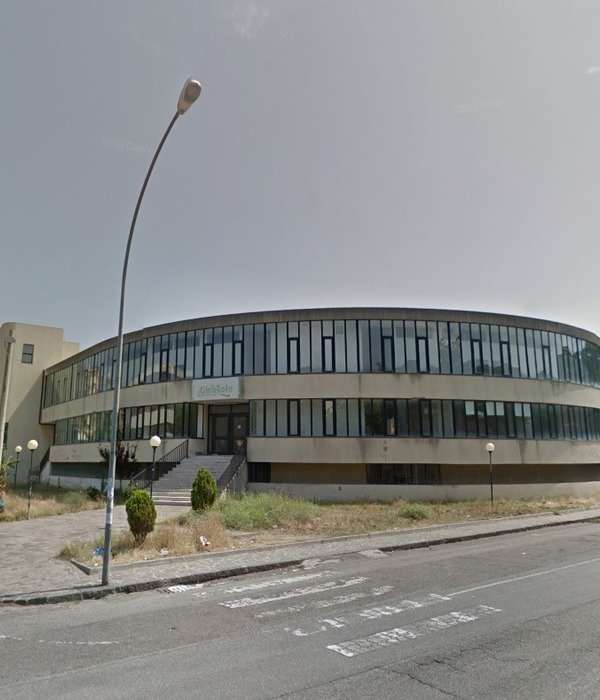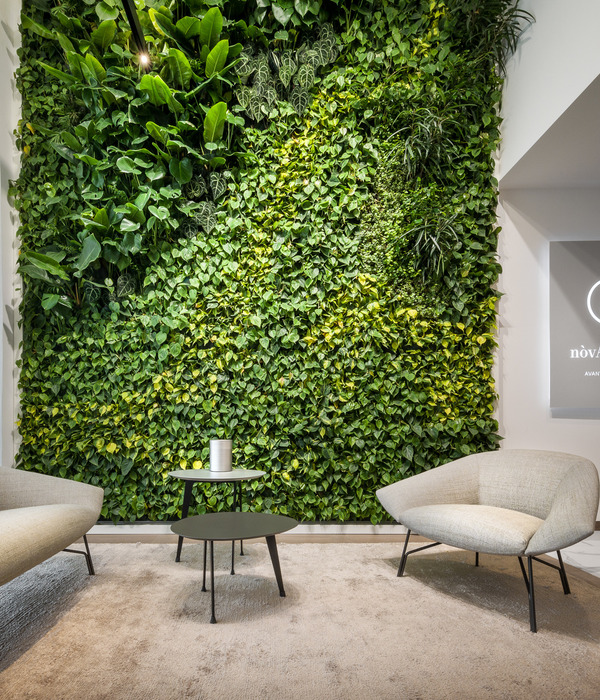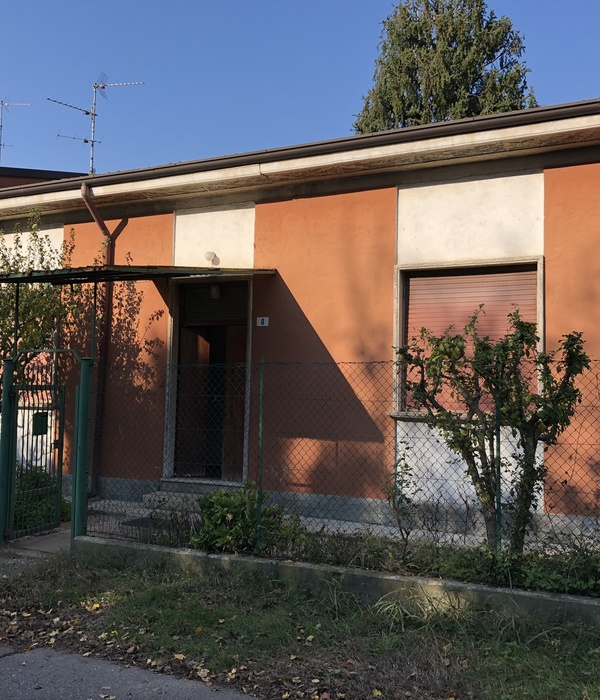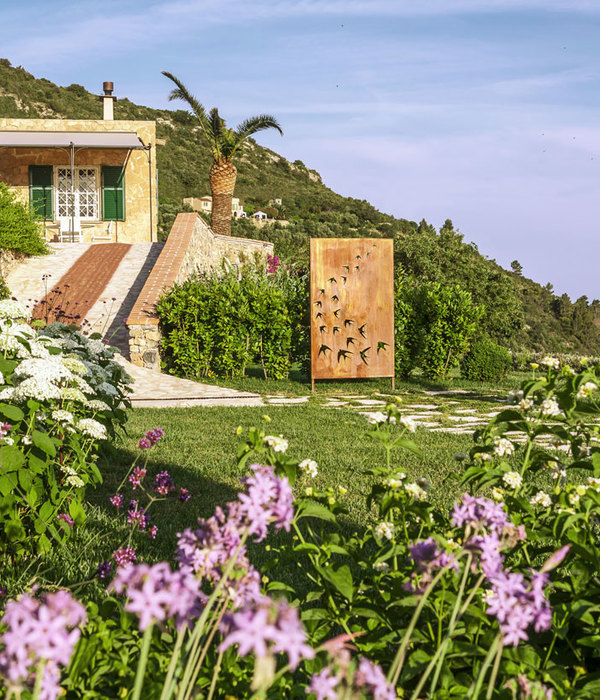Rain falls on the mountains, seeps into the ground, and eventually flows out to the sea. It evaporates, forms clouds, and then falls on the mountains once more. Within this great water cycle, a summer orange tree was spotted. The tree absorbs water from the ground and yields delicious fruits. If we climb the tree, the sea becomes visible in the distance. This is why the architecture is called “TEKITEKI-AN”; “TEKITEKI” symbolizes the water cycle starting from ‘drop by drop’ and “AN” signifies a traditional Japanese small house.
Kamanuma, where TEKITEKI-AN is located, is a Satoyama village, a two-hour drive from Tokyo. Satoyama is a built environment composed of farmlands and mountain forests. It is maintained through continuous care by the community, ensuring the sustainable utilization of resources and fostering the development of its ecosystems and living landscapes. Facing an aging and declining population that makes it difficult to sustain the environment, urban-rural exchanges have been actively promoted mainly by the association ‘Small Earth.’ Urban residents who visit Kamanuma are continuously involved in agriculture and activities to maintain Satoyama as a commons. Our studio, 6 lines, has also participated in daily petit works, designing and constructing the tiny house ‘TEKITEKI-AN, ‘with no infrastructure, as a detached room of an old house, ‘Yugitsuka.’
The roof covered with grass can be accessed from the slope to pick oranges and enjoy a panoramic view of the entire village and the sea. The sloping terrain is carefully sculpted to accommodate the tiny house. The openings are filled with various types of old windows arranged in a double-layered patchwork. These windows are collected from demolished vacant houses in the village and meticulously stored for later use. The design of each window, with its unique history, manifests as a beautiful pattern of light.
A 6-line studio completed the construction in six months without outsourcing. It was carried out under the guidance of a local carpenter and masonry practitioner, together with local people and students from Tsukamoto Laboratory of Tokyo Institute of Technology, to which members of 6lines studio belong. The resources obtained through the petit works can be repurposed into building materials with some specific considerations, enhancing the beauty of Satoyama through the construction process. Embracing a positive approach towards the resources in our surroundings, such as soil, tree branches, bamboo, and straw bags, are utilized in creating the grass roof. Additionally, smoked rice husks are employed as insulation and humidity-control material under the floor.
The tiny house has a 3m x 3m square plan, which is the basic unit of a tea house known as “Hojo”. The 9m² Hojo provides a versatile space within Satoyama, catering to moments of relaxation, remote work, or dinner with a captivating view. Although TEKITEKI-AN is small, it is connected to a large network of Satoyama.
{{item.text_origin}}

